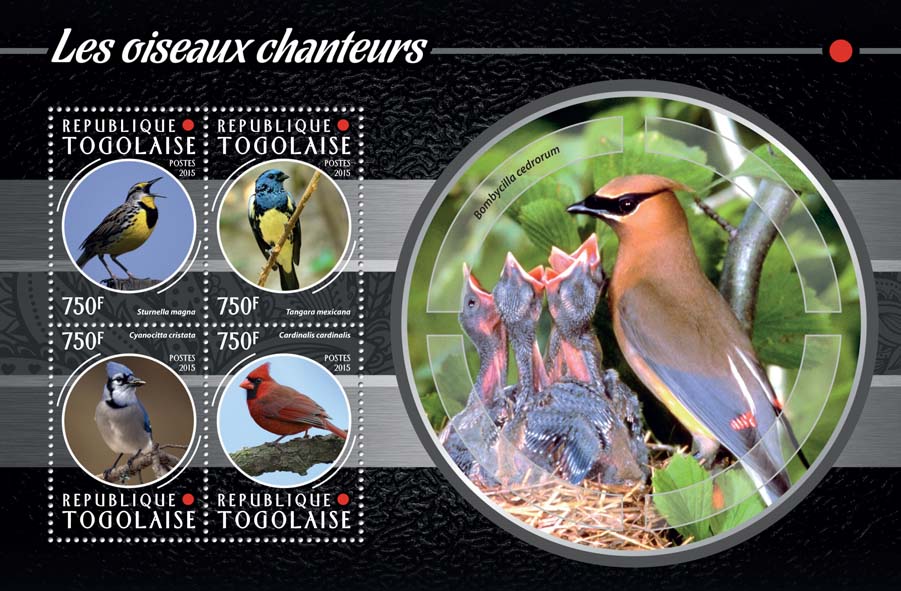When I started with Save Our Seine, I was surprised by an unusual topic on every board agenda: "Things we have learned from nature." With recent news about mosquitoes, malathion, and the cosmetic use of herbicides, I would like to share things I learned from nature in 1981 that had a profound impact on me. Manitoba was in the midst of an outbreak of western equine encephalitis (WEE). Like West Nile virus, WEE is spread by infected mosquitoes. A DC-6 aircraft was brought in to quickly blanket the city with Baygon to reduce the mosquito population.
Returning home to St. Vital that day, I found thousands of insects, dead or dying, on the driveway. There were beetles and bugs, butterflies and moths, bees and flies and insects I never knew existed. I don’t recall seeing mosquitoes among the dead. I only saw the terrible ecological price of pesticides.
As an ecologist, I wanted to learn more. What presents a greater risk to human health — disease outbreaks or pesticides?
We were assured that Baygon was safe but I was not convinced. I thought back to the late 1960s — before DDT was banned. Kids would chase fogging trucks on their bikes to see who could hide in the fog the longest.
I devoured Rachel Carson’s book, Silent Spring, which is as relevant today as when it was published in 1962. The names of the pesticides have changed but the underlying ecological principles remain true.
Pesticides are powerful poisons. A few parts per million can have vast impacts on living things. Pesticides attack the fundamental body systems and processes shared by creatures from insects to humans. Some pesticides may be less harmful to humans than others but none are truly safe.
Although we talk about "fogging for mosquitoes," malathion can kill any insect it touches — including beneficial ones. In 2010, malathion was found in 40 per cent of rain gauges tested in south Winnipeg. One-quarter contained levels high enough to harm aquatic species.
Regulations require no-spray buffer strips beside waterways to prevent pesticides from entering rivers, lakes, or wetlands. In cities, this protection is undermined by storm drain pipes that quickly carry pesticide-laden runoff to rivers from well beyond the buffer strip.
Before deciding if we truly need pesticides to control nuisance mosquitoes or dandelions, I encourage you to read Silent Spring. You will learn much from nature through a scientist with the sensitivity of a poet.
Source: Michele Kading in the Winnipeg Free Press, September 6, 2016
http://www.winnipegfreepress.com/our-communities/lance/correspondent/Th…
Michele Kading is a community correspondent for St. Vital and the executive director of Save Our Seine — www.saveourseine.com

- Login om te reageren
